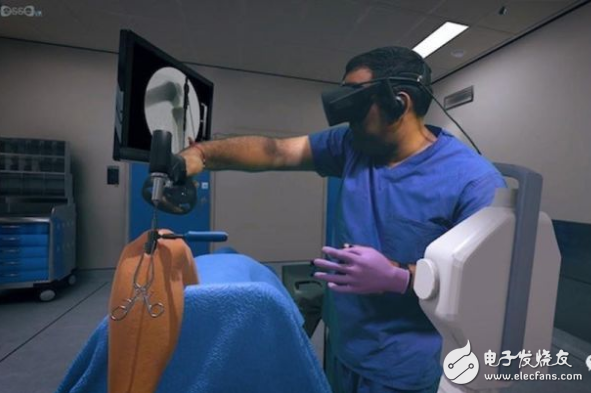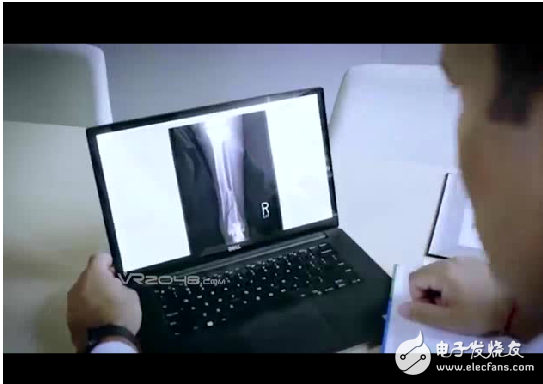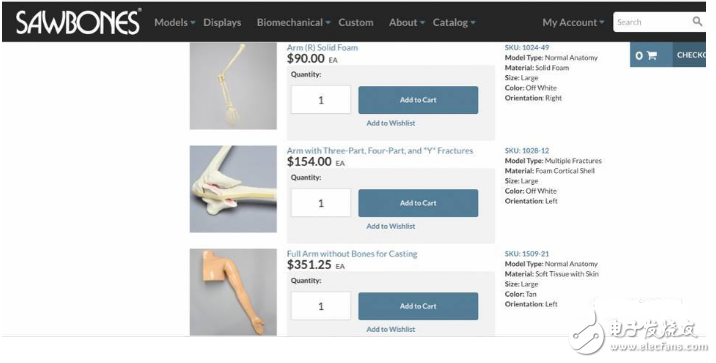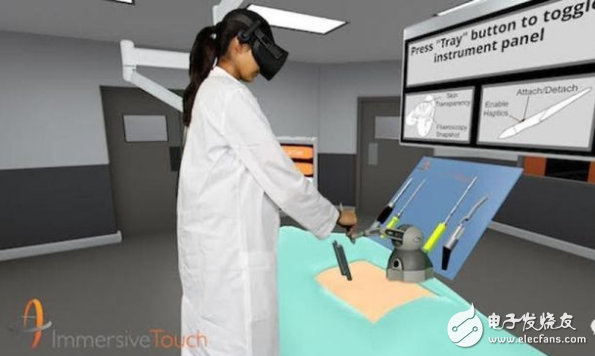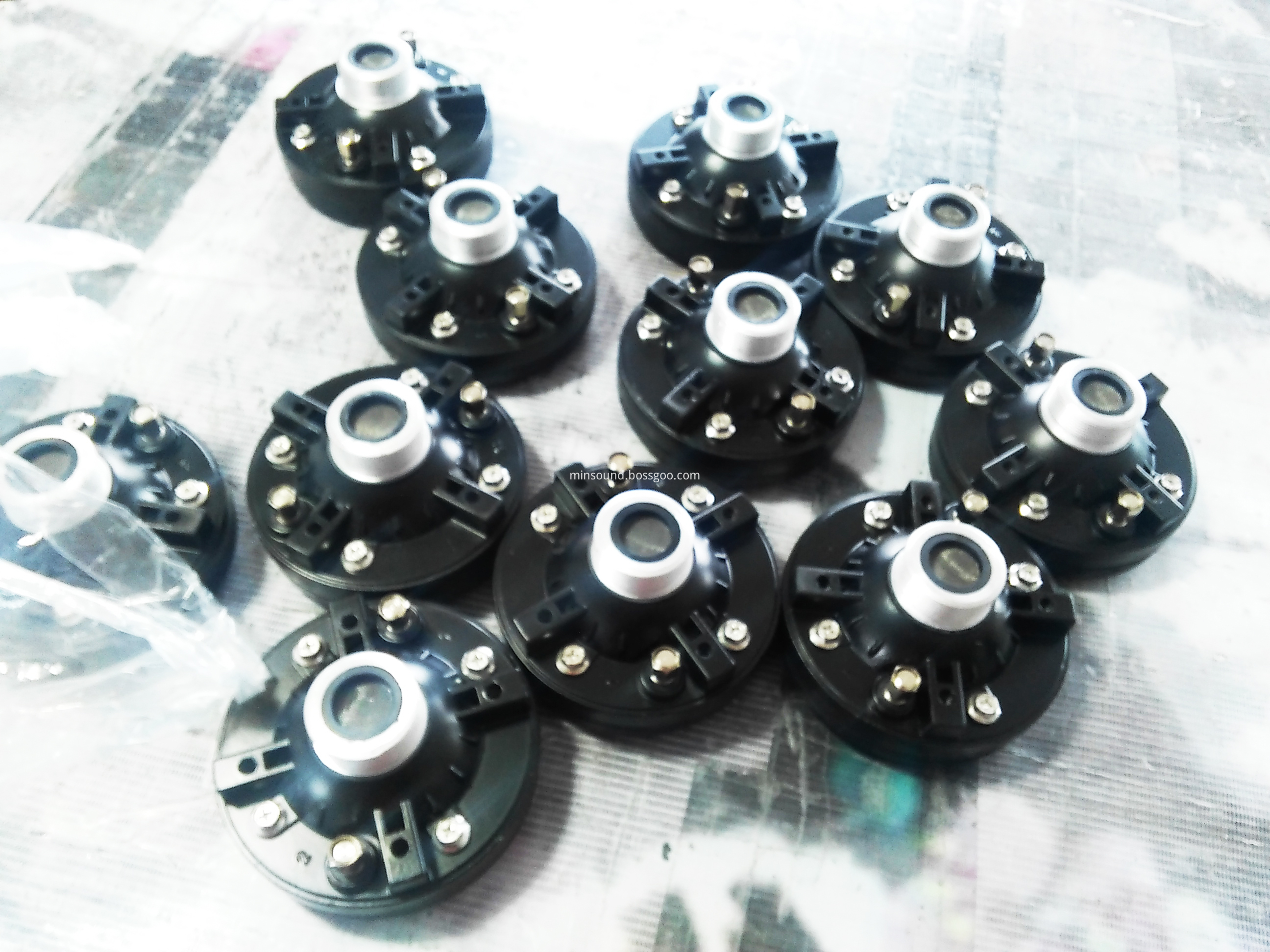Medical VR (Virtual Reality) is an area that gives people unlimited imagination. It no longer exists only in the imagination of science fiction enthusiasts, but has already entered the field of vision of clinical researchers and real-life medical workers. Although this is a new field that is not known to the public, medical VR technology is an application that can have a positive impact on both the patient's life and the doctor's work. Medical health information consultancy Kalorama InformaTIon has released a report that says the market for virtual reality (VR) and reality-enhanced technology (AR) in the medical sector has grown from $525 million in 2012 to $976 million in 2017. Dollar. This report undoubtedly gave a lot of reassurance to many people who are optimistic about VR. Perhaps this time, VR is no longer a short-lived trend, but will stop in our lives and bring real changes to everyone's life. In fact, virtual reality technology has been proven to treat pain, phobia, post-traumatic stress disorder, help people quit smoking, and even solve dental problems... Recently, the famous digital health media in the United States, MobiHealthNews, counted the application of virtual reality technology in the medical industry. 15 cases. Chuangjianhui has enriched these 15 cases for you to let more people understand the future relationship between virtual reality and human health. Doctors, like scientists, work to identify, analyze, and solve problems, so they always use new technologies to help improve the health of patients. Health accounts for 20% of the US economy, and technology accounts for more than 10% of the US economy. Such a share ratio, even if small improvements in both sectors will have a big impact. For example, a slight improvement in training, a slight improvement in testing or tools, or a faster diagnosis can save thousands of lives and even save billions of dollars. Therefore, in the medical field, there are many early innovations in new virtual and augmented reality technologies. “Today's doctors are still learning while doing surgery, not learning. They can't practice on patients at first. Dr. Leonard Kranzler, a neurosurgeon at the University of Chicago, said: Today, we've found seven new VR and AR applications in the health field: (1) Training (2) Education (3) Visualization (4) Psychology (5) Telemedicine and Telesurgery (6) Screen integration and (7) Body training, health and fitness. Mainly focused on the application of virtual reality - completely replacing patients in reality through realistic digital simulation of patient-specific anatomy and pathology. Augmented reality is like a pilot's "head-up" (HUD), which puts data in the user's field of vision and has many compelling applications in the medical industry. According to the information, we found an AR Health startup Echopixel who performed CT scans of real patients in stealth mode. Doctors are surrounded by screens all day, but they must look at the pictures away from the patient. The AR helmet solves this problem and opens up new areas of innovation. There will be many technological changes in the healthcare field. JusTInBarad, CEO and founder of Osso VR, is an practicing pediatric orthopaedic surgeon. Previously, he was a game developer. Barad understands the challenges faced by orthopaedic surgeons, especially in learning new technologies and equipment. So he created important new tools for training surgeons based on his background in interactive media. “The surgeon works with a transferable point of view, which means we need to believe, because we are good at some kind of surgery, so we will also be good at another surgery. The data shows that we were all rookies at first, no matter if we There are other tools and methods of experience.†Dr. Barad said that this is one of the reasons why it is very difficult to introduce new technologies and equipment in clinical medicine. To some extent, it is difficult and dangerous for experts to learn technology in practice. . Hospital staff often sneak out the victims of accidents and homelessness who need emergency surgery as "MRBs," the abbreviation of "medical staff benefits." These medical staff have been highly educated and have observed many surgeries, but they can only operate on one body before surgery on patients. So they are 300% worse than experienced surgeons. "They said: "In the medical school, see one, do one, teach one. This is the process of building confidence, but the truth is that you need to do 50 to 100 operations to achieve proficiency," Barad said. The old way is still the mainstream way. Founded in 1975, Sawbones created realistic plastic models for surgeon training. Today, Osso uses virtual reality to enable surgeons to perform true orthopedic surgery without the old complex and expensive manual simulations created by Sawbones Corp. Sawbones provides a realistic molded plastic model for orthopedics training and practice. These models are expensive but can only be used once. Much of Osso VR's business comes from medical device manufacturers. However, there is now a way for surgeons to train new implants and techniques while using them. Studies have shown that surgeons trained with the Osso system test results as good as those trained using current methods. Founded in 2005 in Chicago, ImmersiveTouch is a surgical simulation company that uses Vive and Rift head-mounted displays (HMD) and patient-specific anatomical and tactile (tactile) feedback for training surgeons and team members. And educate the patients themselves. Chief Operating Officer Jay Banerjee said the company has helped neurosurgery, orthopedics, ophthalmology, otolaryngology and MIS surgery. “This technology fully demonstrates the significant shift that VR technology has brought to surgeons.†Compared to the surgical error of the existing training method group, the error caused by ImmersiveTouch training was reduced by 54%. Many elite medical education institutions, including the Cleveland Clinic, Johns Hopkins University, and the University of Chicago are currently using ImmersiveTouch, which uses a universal case base to train their healthcare staff.
Minsound offers a great range of Driver Units,providing accurate reproduction.high intelligibility and dependable performance in commercial sound,signaling and public address loudspeaker systems.
All models are suited for Minsound reflex horns,equipped with the industry standard 1-3/8"-male tread pattern.
This series driver units are made of Neodymium magnet for good performance. Neodymium Driver Units,Neodymium Driver,Neodymium Drivers,neodymium speaker magnets,Neodymium magnets Taixing Minsheng Electronic Co.,Ltd. , https://www.ms-speakers.com